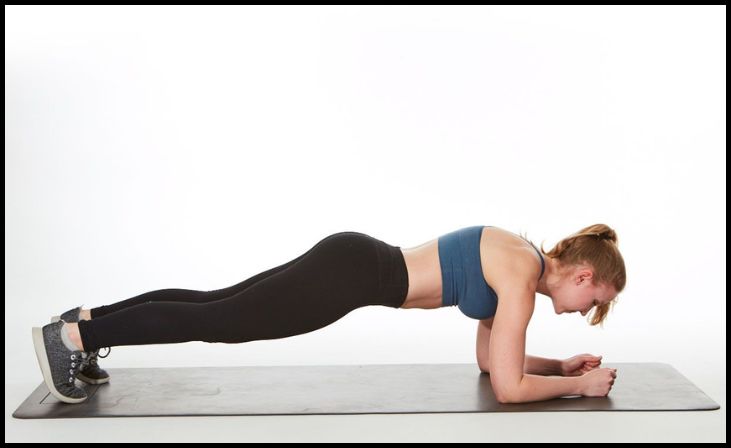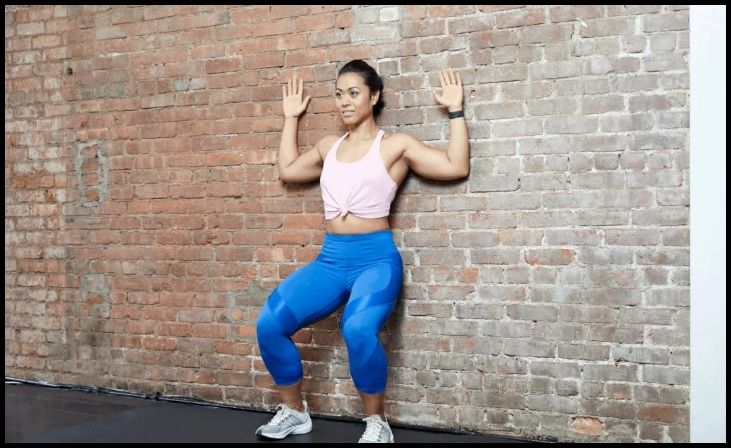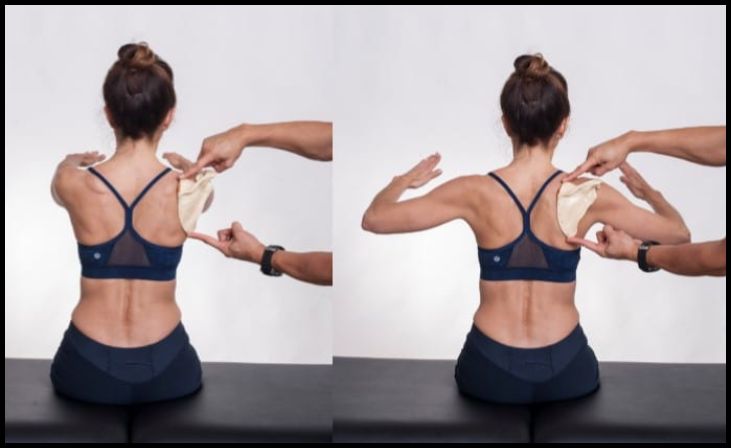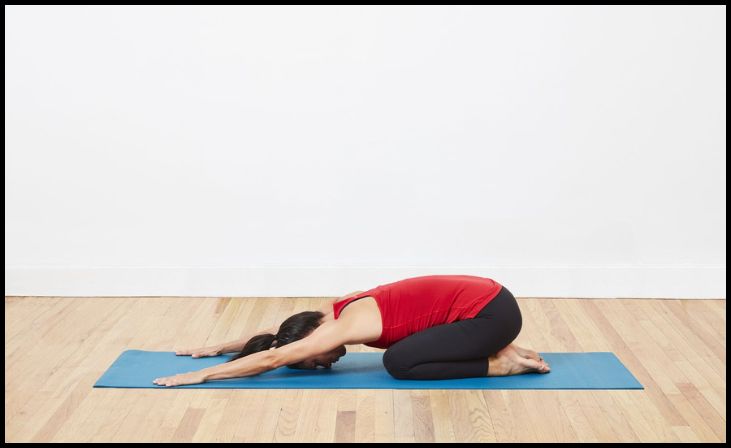Exercises to Improve Your Posture – Good posture is not just about appearance; it plays a pivotal role in our overall well-being. Beyond conveying confidence and presence, maintaining proper posture is essential for preventing musculoskeletal issues, reducing stress on the spine, and promoting optimal organ function.
In today’s sedentary lifestyle, many individuals struggle with posture-related problems such as rounded shoulders and forward head posture. This guide aims to provide a comprehensive set of exercises to help you improve and maintain good posture.
From strengthening core muscles to incorporating simple adjustments in your daily routine, these exercises are designed to enhance your awareness of body alignment and contribute to a healthier, more comfortable lifestyle.
Take the first step towards a better, more upright you by understanding the importance of good posture and implementing the following exercises into your daily routine.
Exercises to Improve Your Posture
Plank

The plank is a simple yet effective exercise for improving posture. Begin in a forearm plank position, with your elbows directly beneath your shoulders. Maintain a straight line from head to heels, engaging your core and avoiding sagging or arching.
Hold this position for 20-60 seconds, gradually increasing as your strength improves. Focus on keeping your neck aligned with your spine, and breathe steadily.
Planks strengthen the core, lower back, and shoulders, promoting overall stability and proper posture. Include planks in your routine to build a strong foundation for better posture and spinal health.
Also, Read – Best Ab Exercises to Strengthen Your Six-Pack
Bridge

The bridge exercise targets your core, glutes, and lower back, aiding in posture improvement. Lie on your back with knees bent, feet flat on the floor. Lift your hips toward the ceiling, forming a straight line from shoulders to knees.
Squeeze your glutes at the top and hold for 15-30 seconds. Lower your hips and repeat. This exercise engages the posterior chain, promoting stability in the lower back and strengthening the muscles that support good posture.
Include bridges in your routine to enhance core strength, reduce lower back strain, and contribute to overall postural well-being.
Cat-Cow Stretch

The Cat-Cow stretch is a dynamic exercise to enhance spinal flexibility and posture. Begin on hands and knees in a tabletop position. Inhale as you arch your back, lifting your head and tailbone (Cow). Exhale as you round your spine, tucking your chin to your chest (Cat).
Repeat this fluid motion for 1-2 minutes, syncing breath with movement. Cat-Cow helps release tension in the spine, shoulders, and neck, promoting a more natural spinal curvature.
This stretch encourages awareness of spine alignment, making it an excellent addition to your routine for improved posture and flexibility.
Wall Angels

Wall Angels are a beneficial exercise for improving posture and shoulder mobility. Stand with your back against a wall, feet shoulder-width apart. Raise your arms to shoulder height, pressing them against the wall.
Slowly slide your arms upward, maintaining contact with the wall, then back down in a controlled motion, mimicking a “snow angel.” Keep your lower back against the wall and engage your core. Perform 10-15 repetitions, focusing on proper form.
Wall Angels target the shoulders, upper back, and scapular muscles, aiding in postural correction and preventing rounded shoulders. Include this exercise to enhance upper body strength and maintain a more upright posture.
Also, Read – Reasons You Need Strength Training in Your Life
Thoracic Extension

Thoracic extension is a vital exercise for counteracting poor posture and enhancing upper back mobility. Sit or stand with a straight spine. Interlace your hands behind your head, elbows pointing forward. Gently arch your upper back backward, directing your gaze upward.
Focus on extending the thoracic spine—the region between the neck and lower back. Hold the position for 10-15 seconds, feeling a stretch in the upper back.
Repeat 8-10 times. This exercise helps reverse the effects of prolonged sitting and promotes a more upright posture by mobilizing the thoracic spine. Incorporate thoracic extensions into your routine for improved upper body flexibility and better posture.
Chin Tucks

Chin tucks are a simple yet effective exercise to counteract forward head posture and strengthen the neck muscles. Sit or stand with a straight spine. Gently draw your chin towards your chest without tilting your head down. Hold for 5-10 seconds, feeling a slight stretch at the back of your neck.
Release and repeat 10-15 times. This exercise helps align the head over the shoulders, reducing strain on the neck and upper back.
Regular chin tucks contribute to improved posture by promoting a neutral spine position. Include this quick exercise in your daily routine to mitigate the negative effects of prolonged screen time and forward-leaning activities.
Scapular Retraction

Scapular retraction is a key exercise for addressing rounded shoulders and enhancing upper back strength. Sit or stand with a straight spine. Squeeze your shoulder blades together as if you’re trying to hold a pencil between them. Hold for 5-10 seconds, focusing on the muscles between your shoulder blades.
Release and repeat for 12-15 repetitions. This exercise targets the rhomboids and trapezius muscles, promoting scapular stability and reinforcing proper posture.
Regular scapular retractions help counteract the forward-slouching position, contributing to a more aligned and upright posture. Integrate this exercise into your routine to strengthen the muscles supporting optimal shoulder and upper back positioning.
Chest Opener Stretch

The chest opener stretch is a valuable exercise to alleviate tightness and improve posture. Stand tall and clasp your hands behind your back. Lift your arms slightly, opening your chest and squeezing your shoulder blades together.
Hold the position for 15-30 seconds, feeling a gentle stretch across the chest and front of the shoulders. Maintain a neutral spine and relaxed neck. Repeat as needed throughout the day.
This stretch counteracts the effects of slouching and sitting for extended periods, promoting flexibility in the chest and shoulders. Including the chest opener stretch in your routine fosters better posture by releasing tension in the anterior muscles.
Seated Leg Cross Stretch

The seated leg cross stretch is a seated posture-improving exercise that targets the lower back and hips. Sit with your legs crossed and one hand on the opposite knee. Gently twist your torso, keeping your back straight and using your hand to deepen the stretch.
Hold for 15-30 seconds and switch sides. This stretch enhances spinal rotation, releasing tension in the lower back and hips. It’s effective in promoting flexibility and relieving stiffness caused by prolonged sitting.
Regularly incorporating the seated leg cross stretch into your routine can contribute to improved posture and reduced discomfort associated with sedentary activities.
Child’s Pose

Child’s Pose is a restorative yoga position that aids in posture improvement and releases tension in the back and shoulders. Kneel on the mat, sit back on your heels, and extend your arms forward with palms on the ground.
Lower your chest toward the floor, bringing your forehead to the mat and keeping your arms extended. Hold for 30 seconds to 1 minute, breathing deeply. Child’s Pose elongates the spine, stretches the back muscles, and relieves pressure on the lower back.
Regular practice enhances flexibility, reduces stiffness, and contributes to a more relaxed and upright posture. Include this pose in your routine for a soothing and posture-enhancing stretch.
Conclusion
In conclusion, cultivating good posture goes beyond aesthetics; it’s a foundation for overall health and well-being. By consistently incorporating the outlined exercises, lifestyle adjustments, and mindfulness practices, you can strengthen your body and foster lasting postural habits.
Remember, the journey to improved posture is an ongoing process. Embrace the positive changes, stay committed to mindful alignment, and experience the transformative benefits of a stronger, more upright posture in your daily life. Your health and confidence will thank you.
FAQs
Individual responses vary, but noticeable improvements may be observed within a few weeks. Consistency is key; regular practice of exercises and mindful posture adjustments accelerates progress.
Yes, many posture exercises can be done at home with minimal or no equipment. Basic exercises, such as planks, stretches, and strengthening movements, require little more than a mat.
Most exercises are generally suitable for all ages, but it’s advisable to consult with a healthcare professional before starting a new exercise routine, especially for individuals with pre-existing health conditions.

